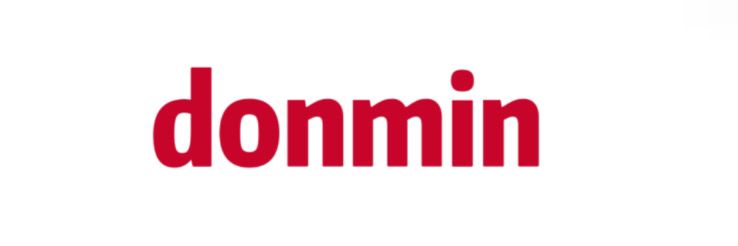Mastering Hydraulic Hose Manufacturing Process in 2024
Link to SANYEFLEX
As we delve into 2024, mastering the hydraulic hose manufacturing process becomes crucial for companies seeking to stay ahead in a competitive market. This article explores the latest techniques, data, and insights into the hydraulic hose manufacturing process.
Understanding the Hydraulic Hose Manufacturing Process
The hydraulic hose is a vital component in various industrial applications, providing fluid transfer under high pressure. Mastering its manufacturing process involves several key stages that ensure quality and performance.
1. Material Selection
The first step in manufacturing hydraulic hoses is choosing the right materials. Common materials used include synthetic rubber, thermoplastics, and composite materials. In 2024, advancements in material science have led to the development of more durable and temperature-resistant options. For instance, the introduction of heat-resistant compounds can reduce hose failure rates by up to 30%.
2. Extrusion Process
Following material selection, the extrusion process shapes the hose. This involves heating and forcing raw materials through a die to create a continuous length of hose. Innovations in extruder technology in recent years have increased production efficiency by 20%, allowing manufacturers to produce larger volumes with less waste.
3. Reinforcement Techniques
Hydraulic hoses must withstand high pressures, making reinforcement essential. Common reinforcement methods include braided and spiraled wire construction. As of 2024, manufacturers are exploring the use of advanced composites and synthetic fibers that enhance strength while reducing weight. This shift could improve the overall performance of hoses, particularly in mobile and aerospace applications.
4. Quality Control
Quality assurance is critical in hydraulic hose manufacturing. The implementation of automated testing methods, such as burst pressure testing and impulse testing, has increased the reliability of hydraulic hoses. Data shows that products subjected to rigorous quality tests have a 40% lower return rate due to defects.
5. Environmental Considerations
With growing awareness of sustainability, manufacturers are now focusing on eco-friendly practices. The use of recyclable materials and reducing toxic emissions during production is becoming standard. In 2024, around 15% of manufacturers are expected to adopt greener processes, which appeal to environmentally-conscious customers.
Emerging Trends in Hydraulic Hose Manufacturing
As technology evolves, several trends are shaping the future of hydraulic hose manufacturing in 2024:
1. Automation and Smart Manufacturing
Incorporating AI and IoT technology into manufacturing lines is leading to smarter production processes. Automation not only reduces labor costs but also enhances precision in every stage of production.
2. 3D Printing
3D printing is revolutionizing prototyping and the production of specialized hoses. This technology allows for rapid adaptation and customization, enabling manufacturers to meet specific client needs without significant delays.
3. Data Analytics
Utilizing data analytics in the production process helps manufacturers monitor performance and predict maintenance needs. This proactive approach can reduce downtime and improve overall efficiency.
Conclusion
Mastering the hydraulic hose manufacturing process in 2024 requires adaptability, innovation, and a focus on quality. By understanding key stages, incorporating new technologies, and considering environmental impacts, manufacturers can enhance their operations and remain competitive.
For professionals in the field, sharing this article can help amplify awareness of these trends and insights. Connect with relevant authors and publishers to promote discussions around best practices in hydraulic hose manufacturing.
As the industry progresses, ongoing research will be vital. Stakeholders should continuously explore new findings and share knowledge to further streamline processes and improve product reliability.
Click here to get more.

